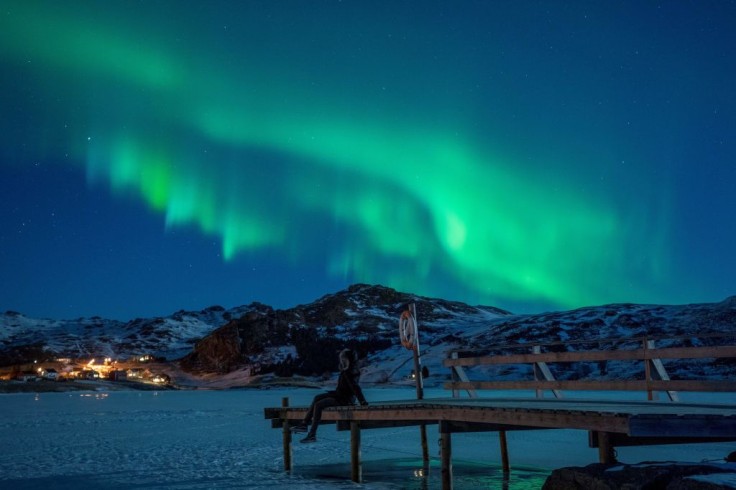
Geomagnetic storms and solar flares are expected to be experienced in the coming days. However, experts clarified that solar storms won't affect aurora borealis visibility.
After the Sun spits out plasma, small geomagnetic storms may strike the Earth.
Minor geomagnetic storms might disrupt certain technology on Earth and cause aurora to appear in some northern locations.
Geomagnetic Storms and Solar Storms
According to the report of The Independent, experts have warned that the Sun's expulsion of solar flares will sideswipe Earth's magnetic field.
However, despite some claims to the contrary, there is no reason to be concerned, and any impacts are likely to be minor.
The solar flares, also known as Coronal Mass Ejection (CME) are expected to arrive late Saturday, November 27, or early Sunday, November 28.
There is a 30% probability that it may cause a small or G1 class solar storm, which would most likely peak on Sunday, according to the report by Northern Lighthouse.
Geomagnetic storms are categorized on a scale that starts with G1 (minor) and progresses upwards, with G2 (moderate) being twice as intense as G1 and so on.
A G1 storm can cause minor power outages, satellite disruptions, and the likelihood of aurora.
The Meteorological Office (Met Office), has cautioned that if a second "coronal hole" occurs at the same time, there could be greater geomagnetic activity than expected.
It was uncertain how likely this was or when it may happen, but it was evident that the consequences would be minor, according to the report.
The Aurora Borealis
The sun has a steady stream of particles pouring off of it, known as the solar wind, similar to how a cup of tea on a windowsill shows steam in the light.
According to Donald Hampton via ADN, a research associate professor at the University of Alaska's Geophysical Institute, next year and the year after could be even better in terms of aurora borealis activity and brightness.
Solar wind and the earth's magnetic field are the two main components of the aurora. The solar wind is captured by Earth's magnetic field and the aurora borealis results after a few more events.
This is when the year in question comes into play.
According to the professor, the sun's magnetic field reverses every 11 years. The solar wind begins to shift as the sun does this.
During the transition, large bursts of wind, known as coronal mass ejections or solar storms, can occur.
Hampton further explained in the same report, "what that means is during those periods when it's changing, you actually get the best conditions for aurora, because you get these storms that come through."
"We're rolling back into where we're starting to get a few sunspots again, and now we're starting to see not only the regular aurora but also these storms that come along and that's what makes people excited."
Read Also: World View Offers Balloon Ride to Space: Massive Ticket Price and Possible Launch Year
Hunting Aurora Borealis
Furthermore, tourists hoping to view the aurora by 2024 or 2025 would be lucky as there should be an aurora every two to three days over central Alaska, as well as many more major storms, making it easier to see the aurora further south in locations like Anchorage or Southeast Alaska.
Tourists who want to see the aurora borealis should plan ahead, according to Hampton.
Since the sun cycles every 27 days, visitors might expect something wonderful around a month after a spectacular spectacle.
There are several websites where tourists can see what the aurora did the previous month, and using that calendar to plan a trip or rent a lodge could be a nice idea.
It's vital to remember that if you want to view the aurora, you should plan for a few days rather than just one night.
In addition, it is a good idea to keep an eye out for statements from the Space Weather Prediction Center about approaching solar storms.
Related Article: 'Star Trek' Actor William Shatner Space Flight: New Launch Schedule, Full Details of Captain Kirk's Blue Origin Trip









